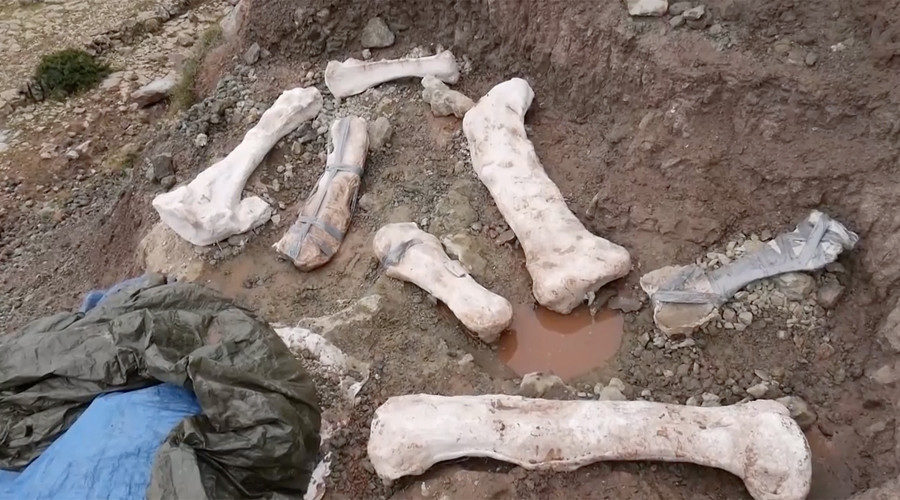OF THE
TIMES
Today as never before we need to comprehend the course, logic, and path of the process of history. Every day we need to make decisions that will affect future generations. It has become obvious that no single nation, confession, social class or even civilization can solve these problems on its own. We increasingly have to listen to one another: Europe and Asia, Christians and Muslims, White and Black peoples, citizens of modern democratic states and places where traditional society survives. The key is to understand one another correctly, avoid hasty conclusions, and acquire the true spirit of tolerance and respect toward those with different value systems, habits, and norms.
“The New Idol” in Thus Spoke Zarathustra, Nietzsche introduces the state as “the death of peoples”. “State is the name of the coldest of all cold...
The major problem with a Corporation is that its owners are Anonymous and cannot be punished for crimes committed by the Corporation, even when...
Western politicians in the US and europe have been trying to ruin Russian business for years. Now they are getting a taste of their own medicine...
"It transfers control over 100% of the shares in the Russian companies" ... that was long overdue!
Americans deserve to be blessed with such an ally as Ukraine.
To submit an article for publication, see our Submission Guidelines
Reader comments do not necessarily reflect the views of the volunteers, editors, and directors of SOTT.net or the Quantum Future Group.
Some icons on this site were created by: Afterglow, Aha-Soft, AntialiasFactory, artdesigner.lv, Artura, DailyOverview, Everaldo, GraphicsFuel, IconFactory, Iconka, IconShock, Icons-Land, i-love-icons, KDE-look.org, Klukeart, mugenb16, Map Icons Collection, PetshopBoxStudio, VisualPharm, wbeiruti, WebIconset
Powered by PikaJS 🐁 and In·Site
Original content © 2002-2024 by Sott.net/Signs of the Times. See: FAIR USE NOTICE

These eh,bones
They always found in some obscure place far from curious eyes
more bs